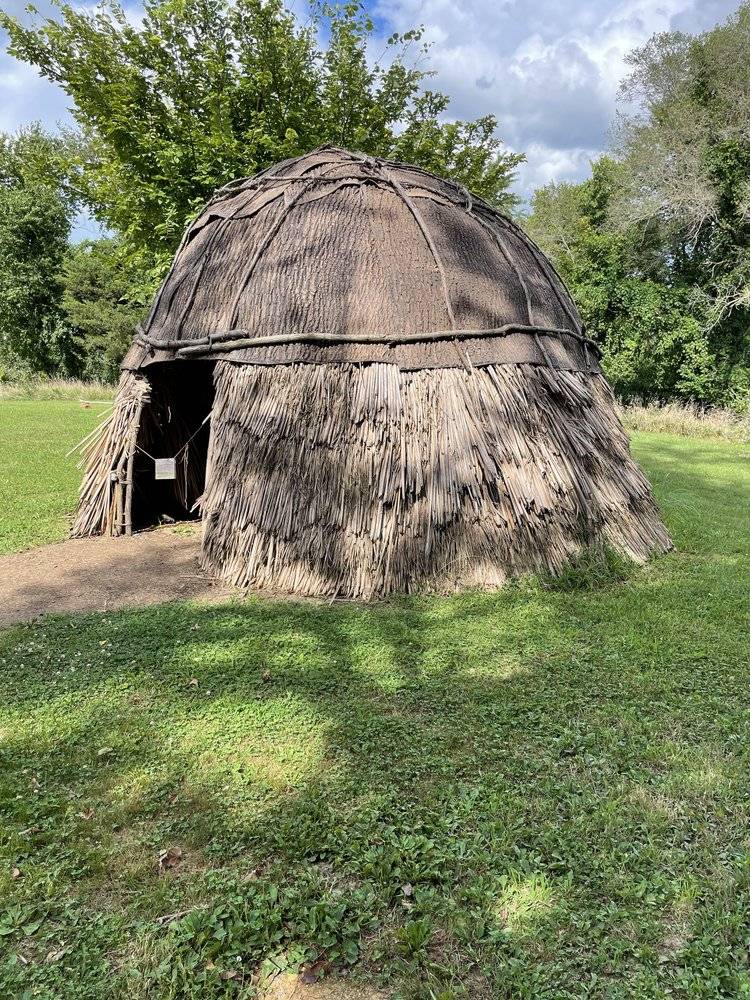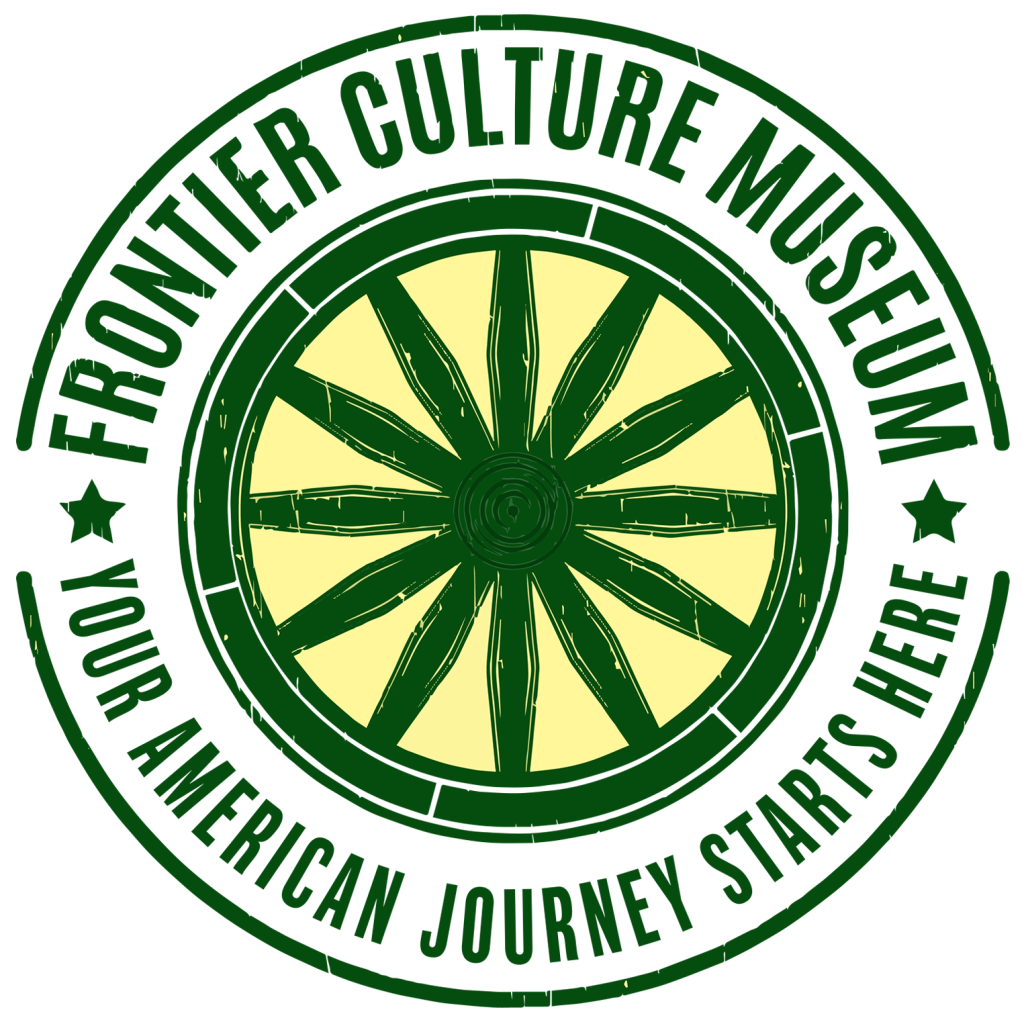Lecture Series
American Indians

This exhibit at the Museum represents a small Eastern Woodlands Indian community in the Great Appalachian Valley in the early 1700s. The Eastern Woodlands cultural region covered a vast area from the Atlantic to the Mississippi river, and from the Great Lakes to the Gulf of Mexico. The diverse American Indian groups in this region shared some cultural characteristics, but were distinctive in housing, foodways, language, and social structures.
American Indians played a crucial part in the development of frontier culture. Some European settlers were ill equipped to survive in North America, but access to American Indian knowledge and practices aided them in establishing and expanding England’s North American colonies—often to the detriment of American Indians and their cultures.
For over a century, Native peoples throughout eastern North America were impacted by English colonization. Population loss from conflict and disease, loss of ancestral territories to colonists, and constant pressure to accept English authority changed their way of life. English settlers and other European traders introduced a variety of manufactured goods that American Indians learned to use and value, and which forever changed their lives.
In 1600, Eastern Woodlands women farmed with digging sticks and hoes made of wood, animal bone, and stone, and cooked in hand-made clay pots or tightly woven baskets suspended over fires started by rubbing wood on wood. Men hunted and fought with bows, stone-pointed arrows, wooden clubs and stone-headed hatchets. Clothing was made of animal skins and furs, and everyone either went barefooted or wore moccasins.
After a few generations of exchange with the Europeans, American Indian women used iron hoes, cooked in brass pots and kettles, and made fires with flint and steel. Men hunted with firearms charged with powder and shot, and fought their enemies with iron knives and tomahawks. Linen and wool replaced deerskins and furs, but moccasins remained the preferred footwear.
These material changes improved life for Eastern Woodlands peoples in many ways, but they made them dependent on trade with Europeans. The introduction of alcohol as a trade item speed population declines and cultural destruction among Eastern Woodland peoples. Native communities became restless and more mobile than ever before. They moved more often to stay closer to fresh sources of deer and beaver, and carried their skins and furs greater distances to trade for European goods.

Animal furs and skins, especially deerskins and beaver furs, were the currency they used to purchase consumer goods, which encouraged overhunting and waste. Whitetail deer and beaver populations nearly disappeared in some areas, which forced hunters to travel further from home for longer periods of time, and pulled more women away from farming and food gathering to process and prepare the animal skins and hides for trade.
The rapid decline of American Indian groups and communities from eastern North America in the 1700s did not diminish their deep and enduring influence on the American frontier culture that formed there. European immigrants and the American-born men, women, and children, who settled the colonial frontier, encountered Native peoples, and adopted some of their ways to succeed in frontier conditions. This was a major contribution to the emergence of American frontier culture.
